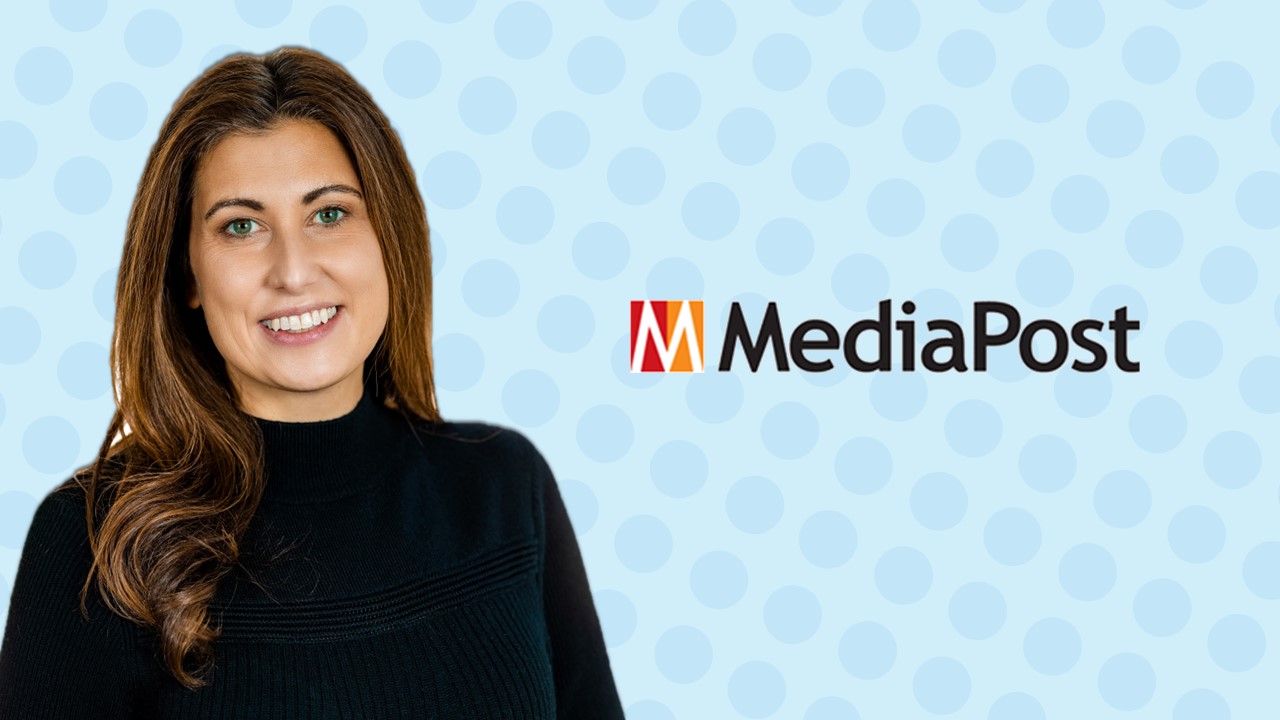
Rate Cut Ripple: Waiting For an Impact On Spend
October 3, 2024 | Corinne CasagrandeOriginally posted on MediaPost
On Sept. 18, the Fed reduced interest rates for the first time in four years. Previously, it liked to raise them (11 times since March 2022, to be exact). With all the buzz about this 0.5% rate cut, some pundits celebrate a subsequent surge in consumer spending. But economics is so much slower and more boring than that. As we learned over the last four years, rate cuts tend to affect spending in unseen ways much further (years) into the future.
A rate cut is like turning down the dial on the cost of borrowing money. Usually when prices drop, people are more tempted to buy things. But rate cuts don’t immediately and directly translate to inflation, or goods and services getting cheaper. The lower price on borrowing money still trickles into the economy in a few ways, from more immediate investment and stock boosts to more eventual consumer behavior.
Lower-income cohorts might see some relief. Affluent consumers are still propping up spending, while most of the pullback is coming from lower-income cohorts. Drops in credit card interest rate may be the quickest thing to hit pocketbooks from the rate cut. Credit card balances disproportionately affect lower-income consumers.
Credit card rates have risen 43% since 2019. When people start to miss payments, it adds up faster; the compounding interest makes it harder to dig out of the hole than it was in prior years. Credit card delinquencies, which hovered at about 5%-6% in the last decade pre-COVID, were up to 9% in Q2 2024, according to the Federal Reserve.
Spending increases when extra monthly cash hits pockets. The biggest boost to consumer confidence related to the rate cut can come from reduced monthly payments on bills. With reduced interest rates, the monthly payments on new car loans will be lower. Those with high car loans can refinance for a lower rate and reduce monthly payments.
Variable rate mortgages won’t see an immediate boost, nor will consumers with private student loans tied to federal rates. That’s because the terms of repayment tend to reset on a cadence of a year to half a year. But when they do, lower monthly interest payments make consumers feel good (for the first month or two, anyway).
Demand for new loans goes up. Marketers with products dependent on borrowing money, like auto or home ownership and all the products that surround them, may be able to ride the wave of lower interest rates. This rate cut was anticipated, and some consumers have been waiting to pull the trigger on a mortgage or a new car. So we’ll see that pent-up demand start to materialize.
The trickle into disposable income will be slow for most. There are many factors that affect consumer spending, but interest rates have a bigger immediate impact on Wall Street than Main Street.

